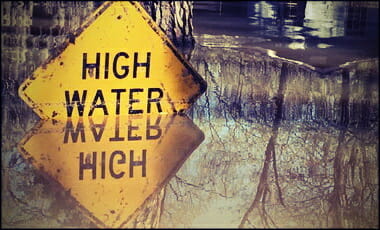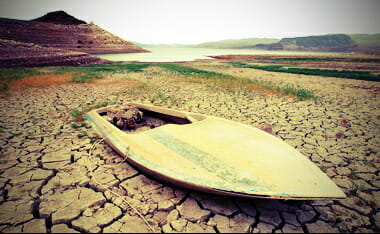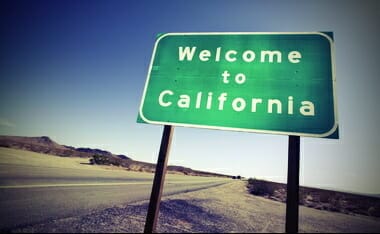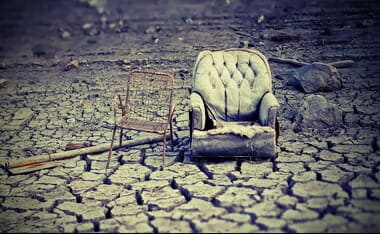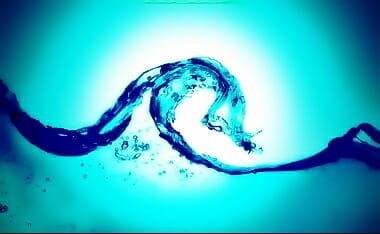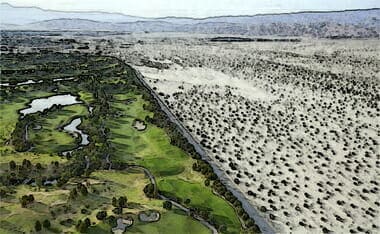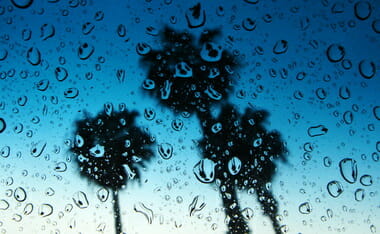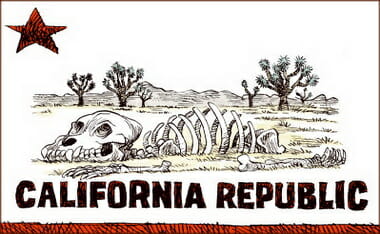HOTAIR notes the most recent example of California’s horrible water policy:
After five years of extreme drought, California is finally getting some relief this winter. Major rain storms have already ended drought conditions in the northern part of the state. In fact, there has been so much rain that reservoirs in northern California are releasing millions of gallons of fresh water into the ocean to prevent overflows. CBS Sacramento reports on this wasted opportunity:
California built its last major reservoir in 1979 when the population was 23 million people.
Now the population is 39 million people – 16 million more people, using the same reservoir storage supply.
[….]
But not everyone supports the creation of a new reservoir. The Sierra Club’s Kyle Jones tells CBS Sacramento, “It’s a 20th-century answer to a 21st-century problem that we have going forward with increased droughts and climate change.” He adds, “We’re gonna have to look at more innovate ways to create new water supplies.”
I find it amazing the amount of disconnect people in my state have in regards to how we have gotten to this point in our water policy. California has known for MANY DECADES of the types of cyclical droughts we encounter and had plenty of time to prepare. Instead of preparring, we pumped out 30,000 acre feet and 15,000 acre feet of water 29-Steelhead and 6-steelhead fish, respectively.
What does this mean practically? This:
- The 15,000 acre feet of water based on a statewide per capita use average could supply 174,301 Californians with water for a year to the combined populations of Tracy and Santa Barbara. Combined with last month’s pulse flow release, the 30,000 acre feet of water is the equivalent of the combined annual water needs of the cities of Stockton, Lathrop, Ripon, and Escalon (Water Pulsing, Insane Policies Keeping California “Back-Woods”)
And why haven’t we built reservoirs? Environmentalists and the Democrats who support them (like Jerry Brown)….
California Dreamin’ of a Bygone Eras ~ Droughts vs. Politics
The Big Idea: California Is So Over: California’s drought and how it’s handled show just what kind of place the Golden State is becoming: feudal, super-affluent and with an impoverished interior.
….But since the 1970s, California’s water system has become the prisoner of politics and posturing. The great aqueducts connecting the population centers with the great Sierra snowpack are all products of an earlier era—the Los Angeles aqueduct (1913), Hetch-Hetchy (1923), the Central Valley Project (1937), and the California Aqueduct (1974). The primary opposition to expansion has been the green left, which rejects water storage projects as irrelevant.
Yet at the same time greens and their allies in academia and the mainstream pressare those most likely to see the current drought as part of a climate change-induced reduction in snowpack. That many scientists disagree with this assessment is almost beside the point. Whether climate change will make things better or worse is certainly an important concern, but California was going to have problems meeting its water needs under any circumstances.
It’s not like we haven’t been around this particular block before. In the 1860s, a severe drought all but destroyed LA’s once-flourishing cattle industry. This drought was followed by torrential rains that caused their own havoc. The state has suffered three major droughts since I have lived here—in the mid ’70s, the mid ’80s and again today—but long ago (even before I got there) some real whoppers occurred,including dry periods that lasted upwards of 200 years.
[….]
But ultimately the responsibility for California’s future lies with our political leadership, who need to develop the kind of typically bold approaches past generations have embraced. One step would be building new storage capacity, which Governor Jerry Brown, after opposing it for years, has begun to admit is necessary. Desalinization, widely used in the even more arid Middle East, notably Israel, has been blocked by environmental interests but could tap a virtually unlimited supply of the wet stuff, and lies close to the state’s most densely populated areas. Essentially the state could build enough desalinization facilities, and the energy plants to run them, for less money than Brown wants to spend on his high-speed choo-choo to nowhere. This piece of infrastructure is so irrelevant to the state’s needs that even many progressives, such asMother Jones’ KevinDrum, consider it a “ridiculous” waste of money.
[….]
This fundamentally hypocritical regime remains in place because it works—for the powerful and well-placed. Less understandable is why many Hispanic politicians, such as Assembly Speaker Kevin de Leon, also prioritize “climate change” as his leading issue, without thinking much about how these policies might worsen the massive poverty in his de-industrializing L.A. district—until you realize that de Leon is bankrolled by Tom Steyer and others from the green uberclass.
So, in the end, we are producing a California that is the polar opposite of Pat Brown’s creation. True, it has some virtues: greener, cleaner, and more “progressive” on social issues. But it’s also becoming increasingly feudal, defined by a super-affluent coastal class and an increasingly impoverished interior. As water prices rise, and farms and lawns are abandoned, there’s little thought about how to create a better future for the bulk of Californians. Like medieval peasants, millions of Californians have been force to submit to the theology of our elected high priest and his acolytes, leaving behind any aspirations that the Golden State can work for them too…..
